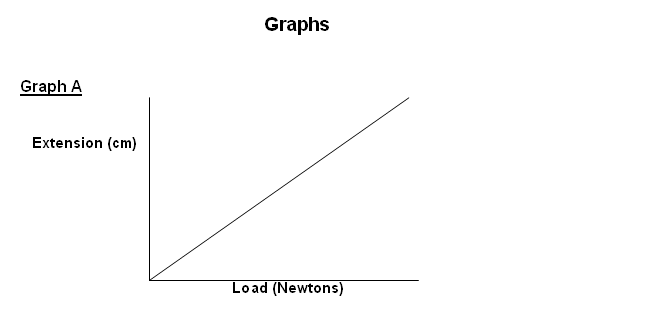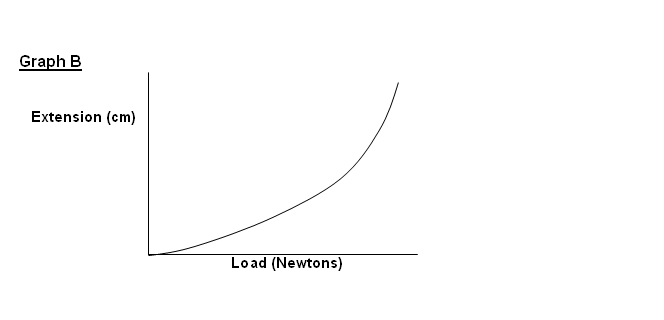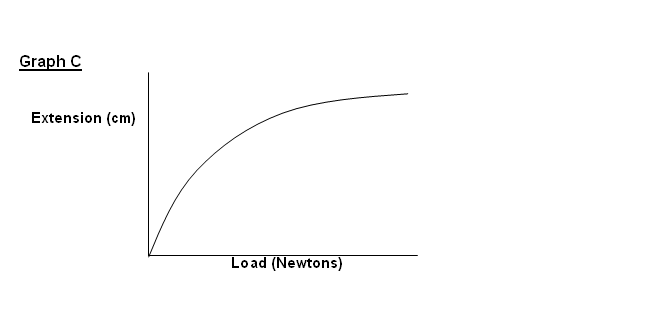SCIENCE
ENHANCEMENT PROGRAMME |
||||||||
 |
||||||||
| quick link: Menu | Intro | A | B | C | ||||||||||||||
|
||||||||||||||
|
Developed
by Bob Rollins. Sc4, Forces Twyford Church of England School Introduction This lesson uses a competing theories approach similar to that in the ‘Heating Ice To Steam’ activity (Activity 13) in Osborne, Erduran and Simon, (2004). In this case the contrasting theories are about the characteristics of the extension of an elastic band under increasing load. Pupils are presented with three contrasting graphs of extension against load as an elastic band is stretched. They are asked to evaluate a list of evidence in terms of usefulness in deciding which graph represents the best description of the behaviour of the elastic band. They are then asked to choose the graph which they believe represents the best description of the behaviour, justifying their choice by reference to what they discern as the ‘the most helpful’ evidence. Objectives • to argue about what evidence is most relevant to making a decision regarding validity of a graphical description; • to manipulate textual evidence data into graphical representation, using the evidence to justify their arguments in selecting a particular graph. Outcomes • be able to identify key evidence from a wide selection of true statements to help them arrive at a conclusion; • be able to state that for an elastic band the force required to extend it (by unit distance) increases with increasing extension; • have discussed the evidence and graphs, and arrived at an agreed conclusion; • have engaged in reasoned dialogue with other groups with
competing views, referring to evidence statements as the basis
for argument.
• Distribute the activity resources in envelopes. Explain that the envelopes contain three graphs together with a set of statements and that pupils will need to work in groups to decide which graph is correct and why (and why the other graphs are not correct). Underline that the importance of the lesson is how the answer is decided from the evidence and how the decision is justified. ‘This is an exercise in thinking, communicating and working in groups – something that scientists have to be able to do’. • Ask the groups to use the evidence statements to justify why they believe their chosen graph is the correct one. Hand out a blank A4 sheet of paper to each group and ask each group to stick what they believe is the correct graph on the paper, together with what they found to be the top five pieces of evidence. • Suggest that a strategy could be to start by sorting evidence statements into ‘helpful’ and ‘not helpful’ piles before considering the ‘helpful’ pile in more detail to arrive at a decision. • Once all of the groups have made their decision, engage groups in discussions with each other, either by pairing groups with opposing views or by facilitating a whole class discussion regarding which evidence was most helpful. • When considering an evidence statement, encourage pupils to think whether/how the statement could be translated on to each of the graphs.Reference Osborne, J., Erduran, S., Simon, S., (2004) Ideas, Evidence & Argument in Science Resources Pack London: King’s College, London.
|
|


